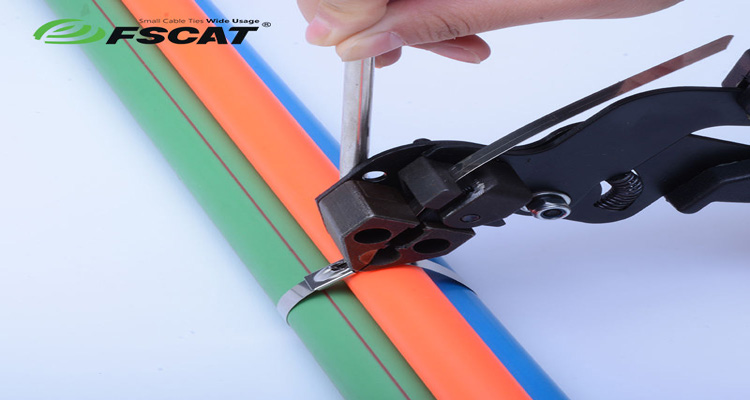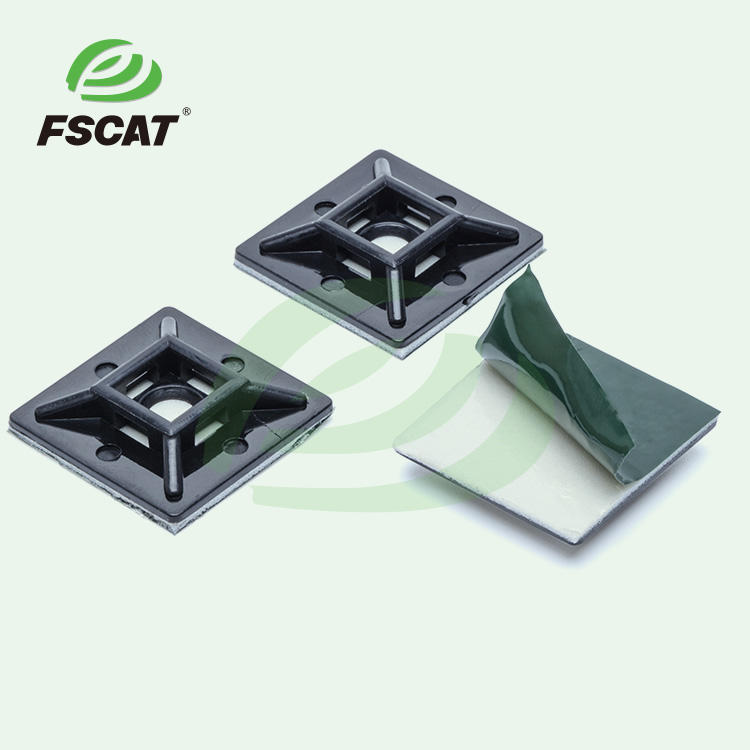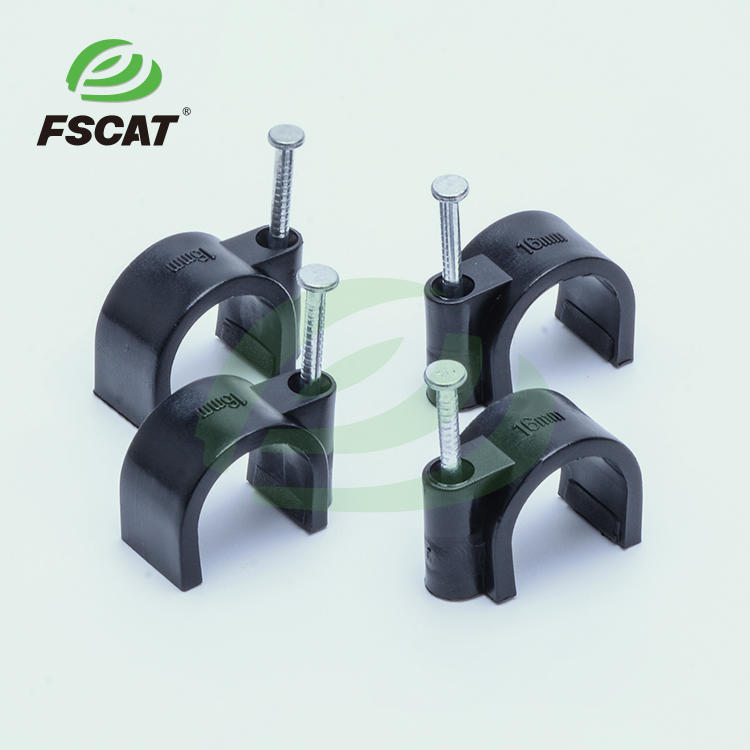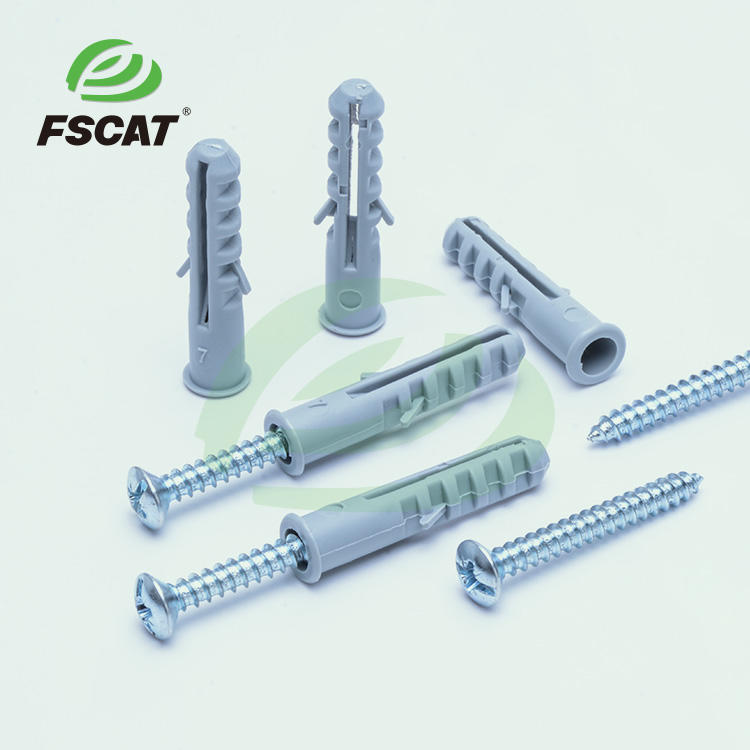An Introduction to Stainless Steel Cable Ties: 201, 304, and 316 Varieties
Stainless steel cable ties are versatile fastening and organizing tools used in a wide range of applications. They are renowned for their durability, corrosion resistance, and strength. When it comes to stainless steel cable ties, three primary material variations are commonly used: 201, 304, and 316 stainless steel. In this article, we will provide an overview of each type and their respective characteristics.
|
Type |
C |
Mn |
P |
Si |
Cr |
Ni |
Mo |
|
201 |
0.15 |
5.5-7.5 |
0.06 |
1.0 |
16-18 |
3.5-5.5 |
|
|
304 |
0.08 |
2.0 |
0.045 |
0.75 |
18-20 |
8-10.5 |
|
|
316 |
0.08 |
2.0 |
0.045 |
0.75 |
16-18 |
10—14 |
2.0—3.0 |
Zhejiang Tolerance Electric Co., Ltd., a leading manufacturer in the industry, offers a comprehensive range of stainless steel cable ties. Let's explore the key characteristics of each material they provide.

201 Stainless Steel Cable Ties
201 stainless steel cable ties are known for their cost-effectiveness and general-purpose use. They are composed of:
Carbon (C): ≤0.15%
Silicon (Si): ≤0.75%
Manganese (Mn): 5.5%–7.50%
Chromium (Cr): 16.0%–18.0%
Nitrogen (N): ≤0.25%
Phosphorus (P): ≤0.060%
Sulfur (S): ≤0.030%
Nickel (Ni): 3.50%–5.50%
201 stainless steel cable ties are a cost-effective solution for various fastening and bundling tasks. While they may not have the same level of corrosion resistance as 304 or 316 stainless steel, they offer good performance in many applications.
304 Stainless Steel Cable Ties
304 stainless steel cable ties, often referred to as "18/8" stainless steel, are one of the most common and versatile varieties. They consist of:
Carbon (C): ≤0.08%
Silicon (Si): ≤1%
Manganese (Mn): ≤2%
Phosphorus (P): ≤0.045%
Sulfur (S): ≤0.03%
Nickel (Ni): 8.0%–10.5%
Chromium (Cr): 18%–20%
These cable ties are highly corrosion-resistant and suitable for a wide range of applications, including the industrial, construction, and automotive sectors. They are also available in food-grade variants that meet stricter quality standards for use in the food and medical industries.
316 Stainless Steel Cable Ties
316 stainless steel cable ties are characterized by their superior corrosion resistance and are suitable for harsh environments. They contain:
Carbon (C): ≤0.08%
Silicon (Si): ≤1%
Manganese (Mn): ≤2%
Phosphorus (P): ≤0.045%
Sulfur (S): ≤0.03%
Nickel (Ni): 10.0%–14.0%
Chromium (Cr): 16.0%–18.5%
Molybdenum (Mo): 2.0%–3.0%
316 stainless steel cable ties excel in applications where exceptional corrosion resistance, high-temperature tolerance, and strength are required. They are commonly used in marine environments, chemical industries, and areas subject to extreme conditions.
In summary, the choice of stainless steel cable ties depends on the specific requirements of your application. Zhejiang Tolerance Electric Co., Ltd., with their extensive expertise in cable ties, provides a range of solutions to meet your needs. 201 stainless steel cable ties offer a budget-friendly solution, while 304 and 316 stainless steel cable ties provide increased corrosion resistance and are suited for more demanding environments. Understanding the differences between these materials helps in selecting the right cable tie for your needs.






